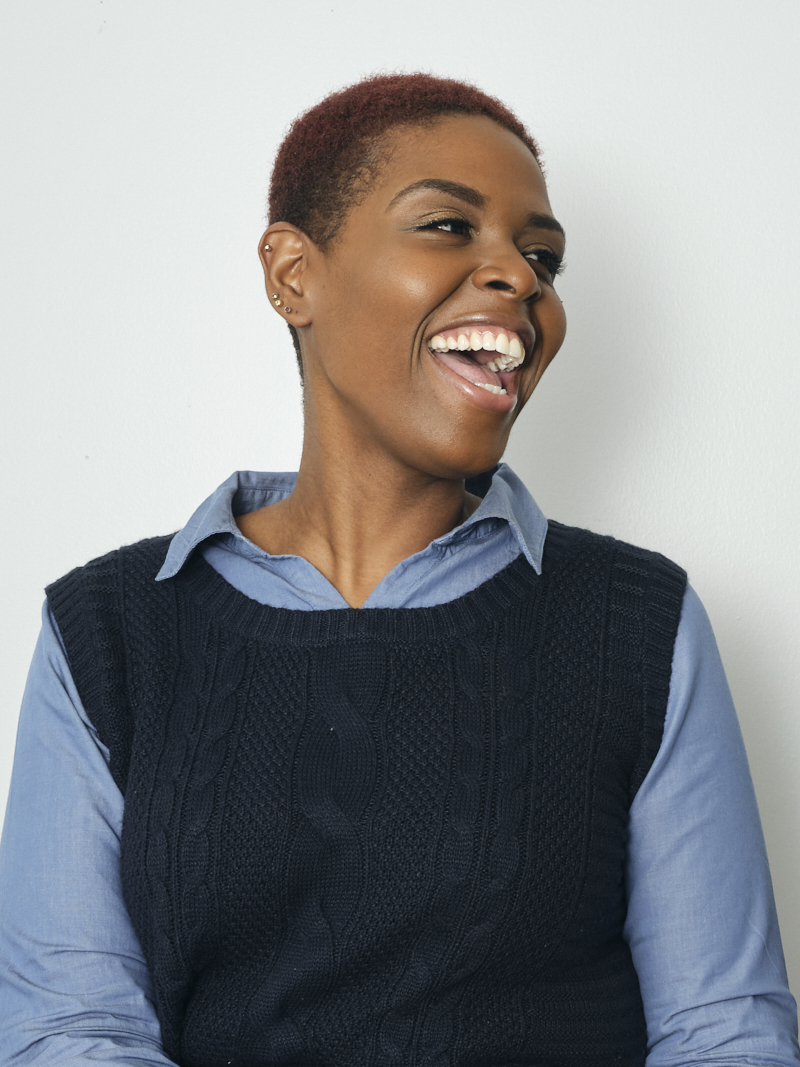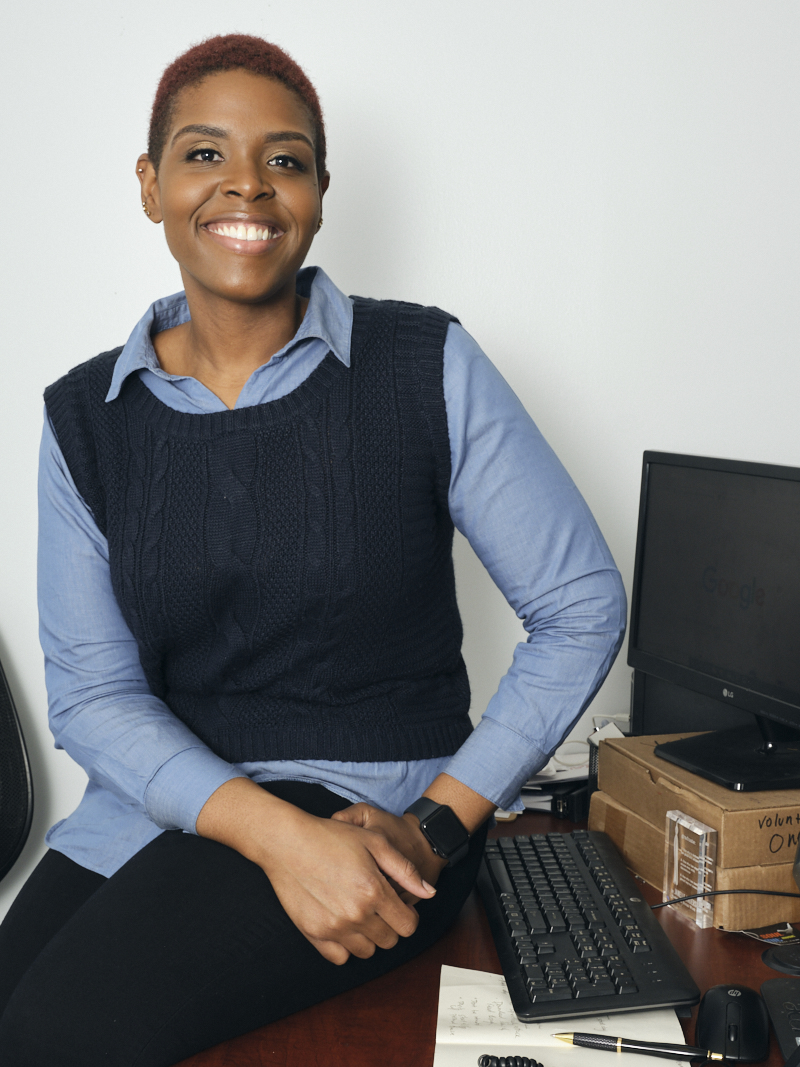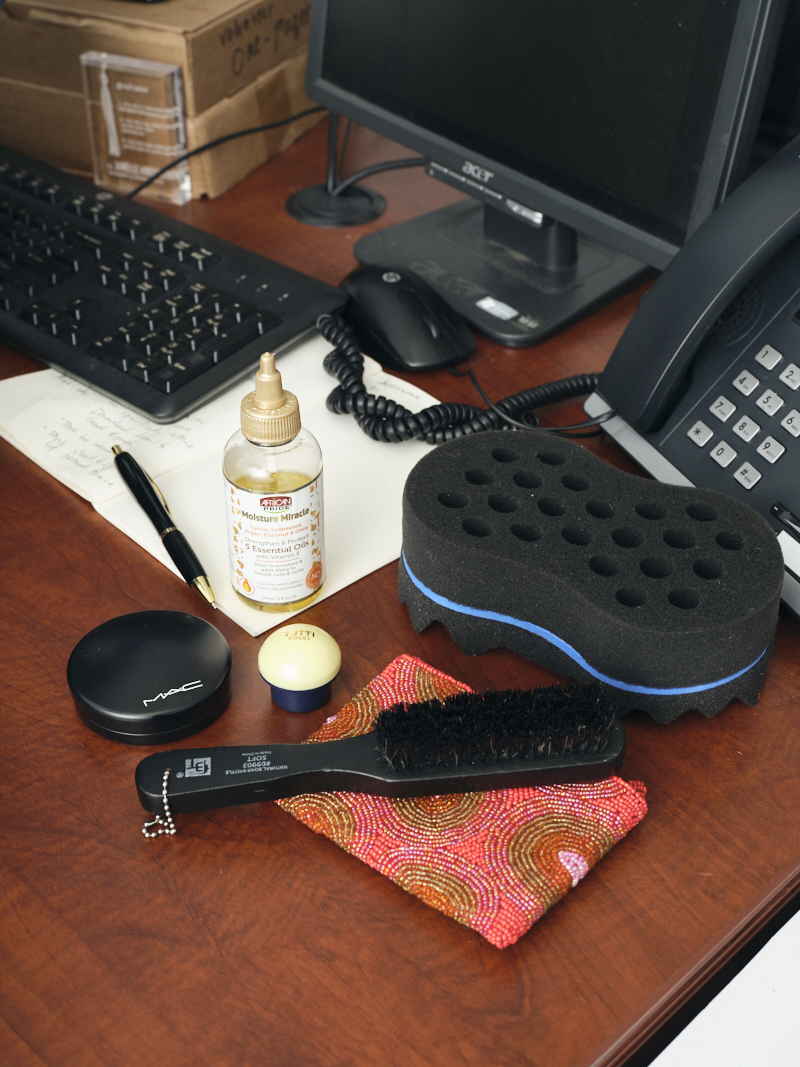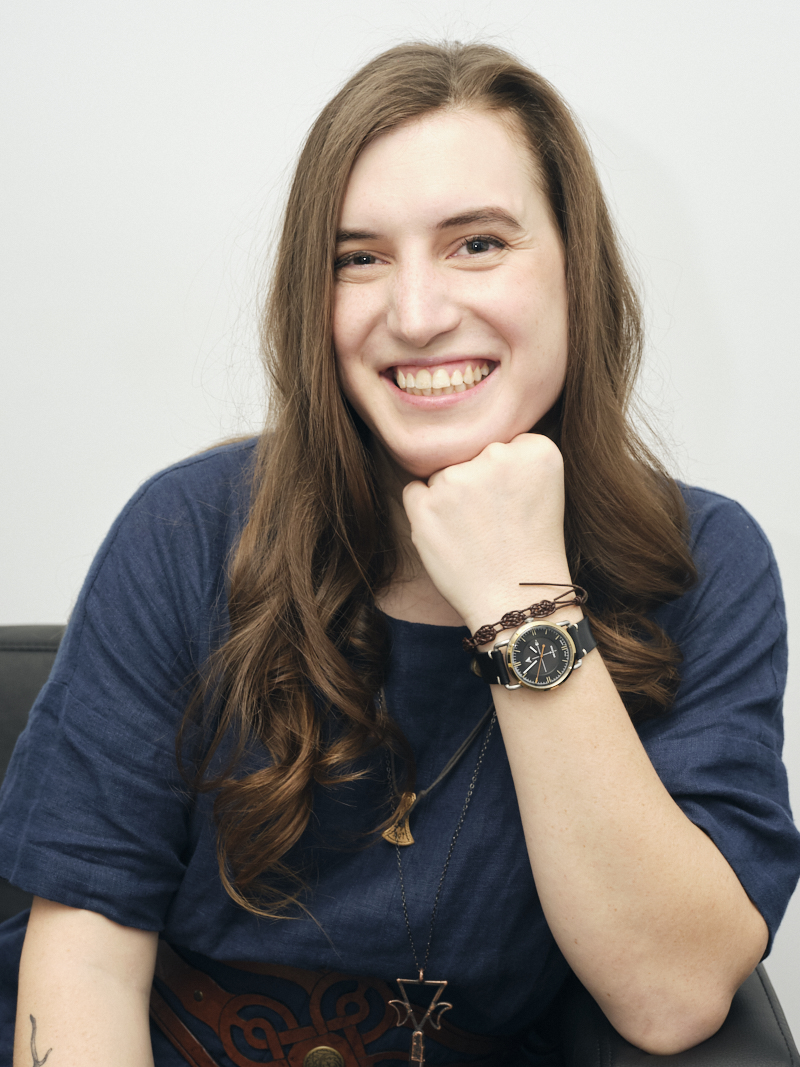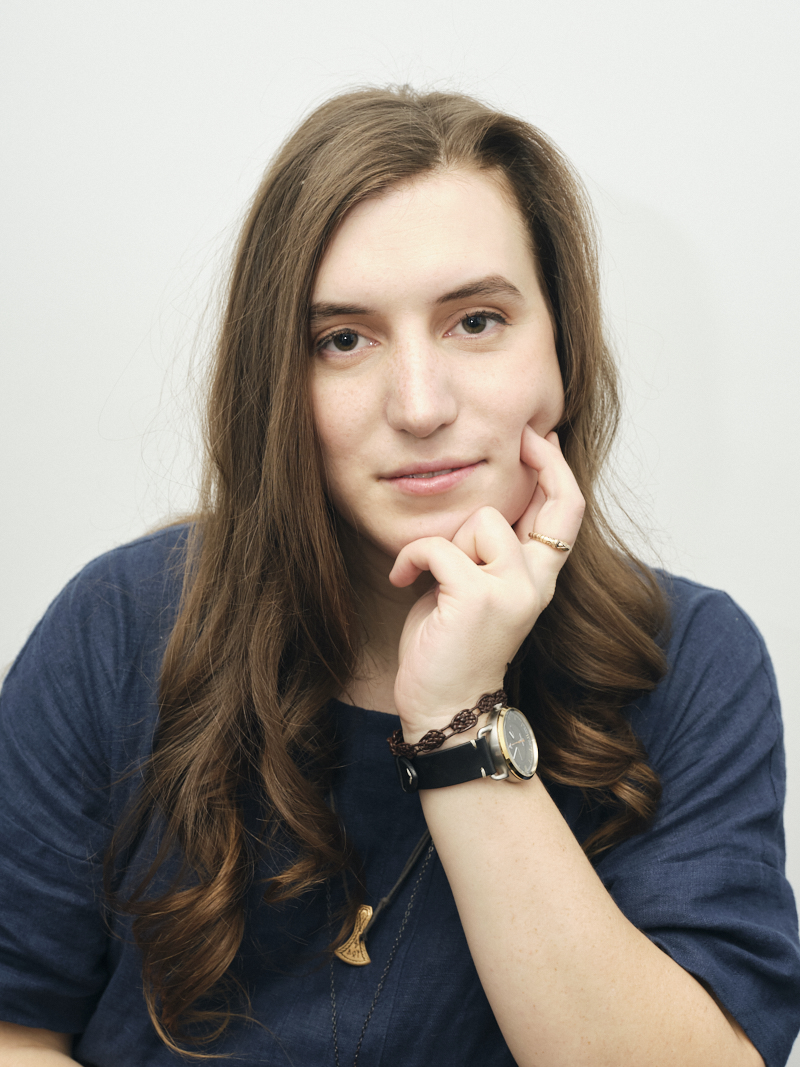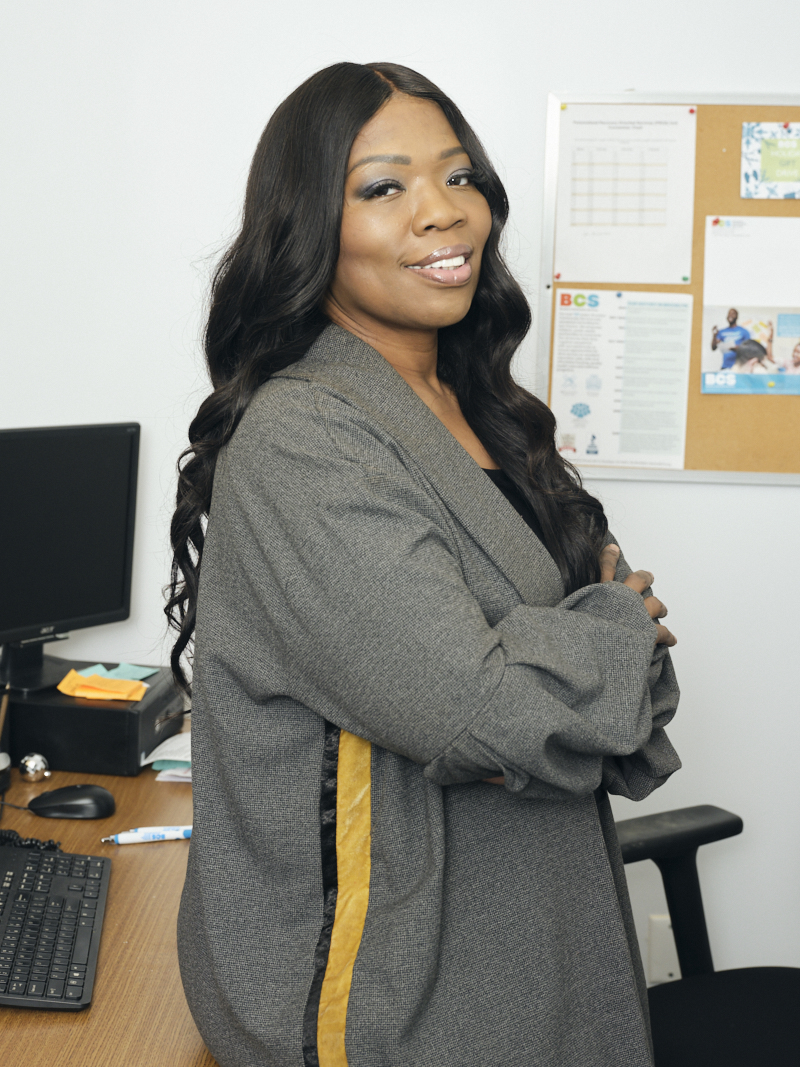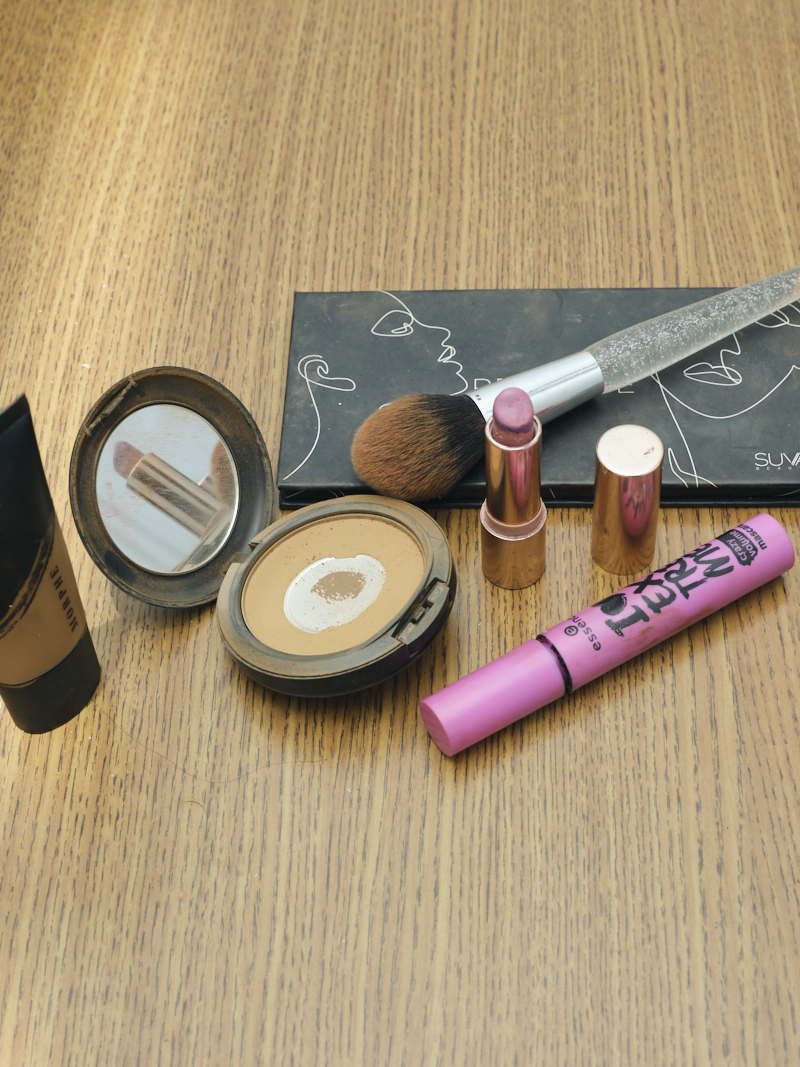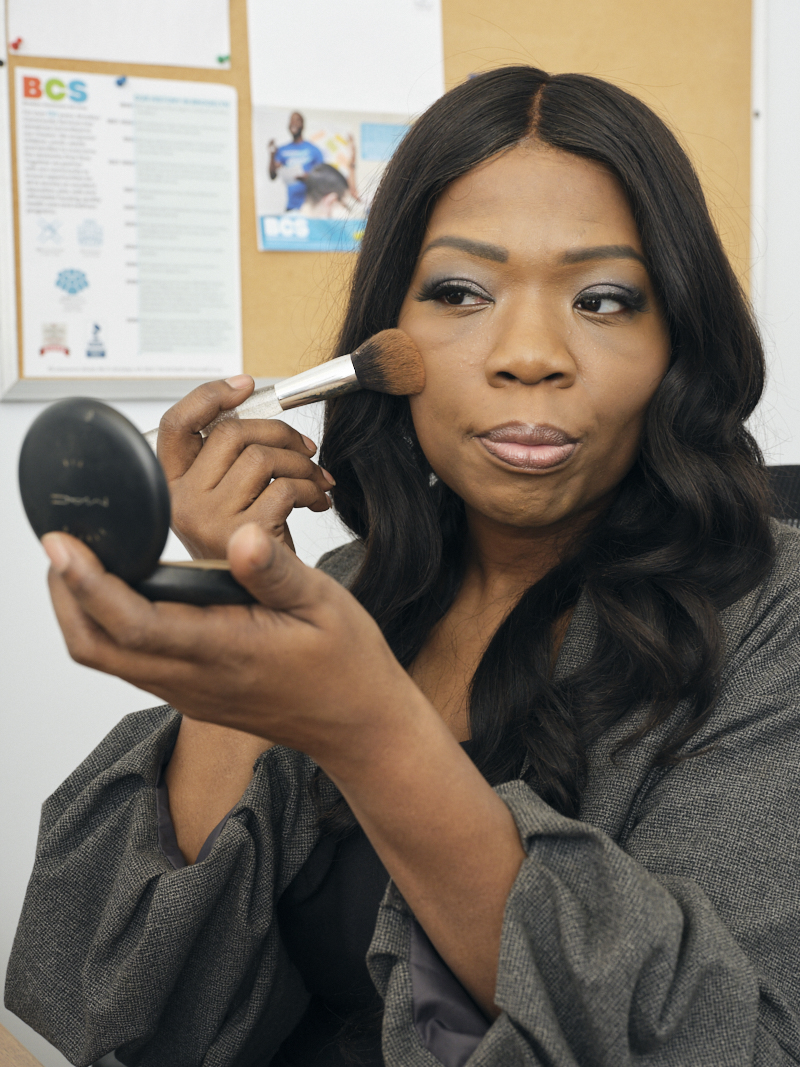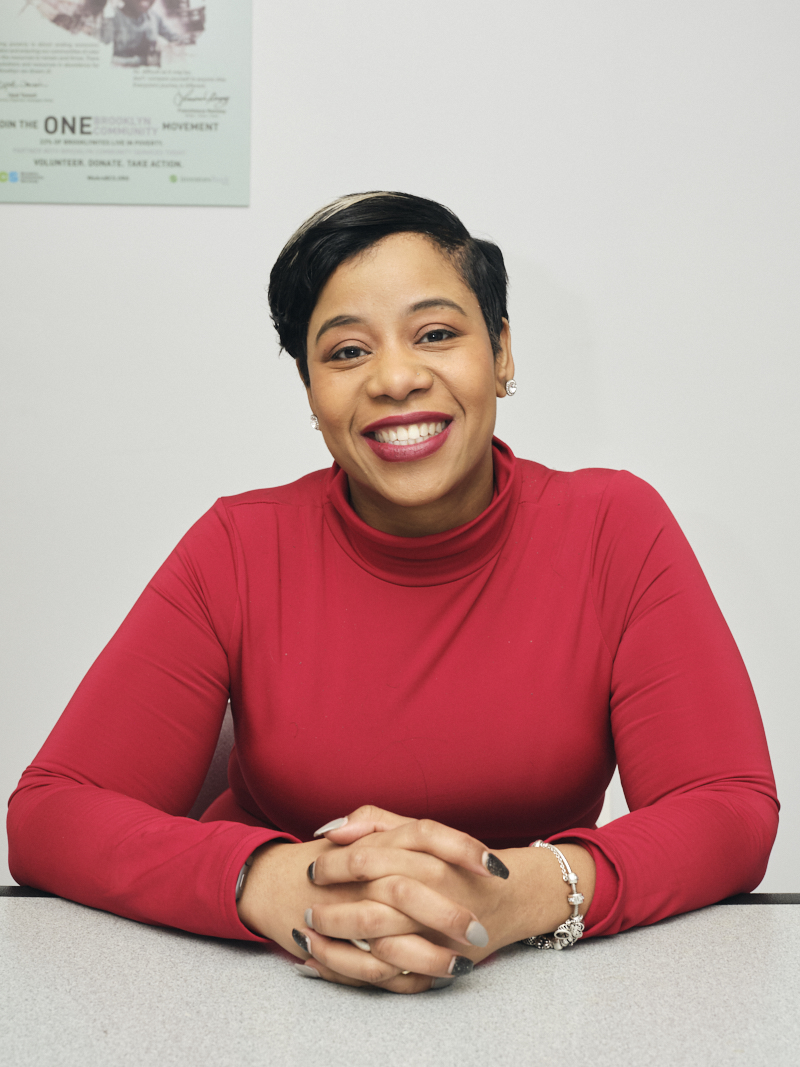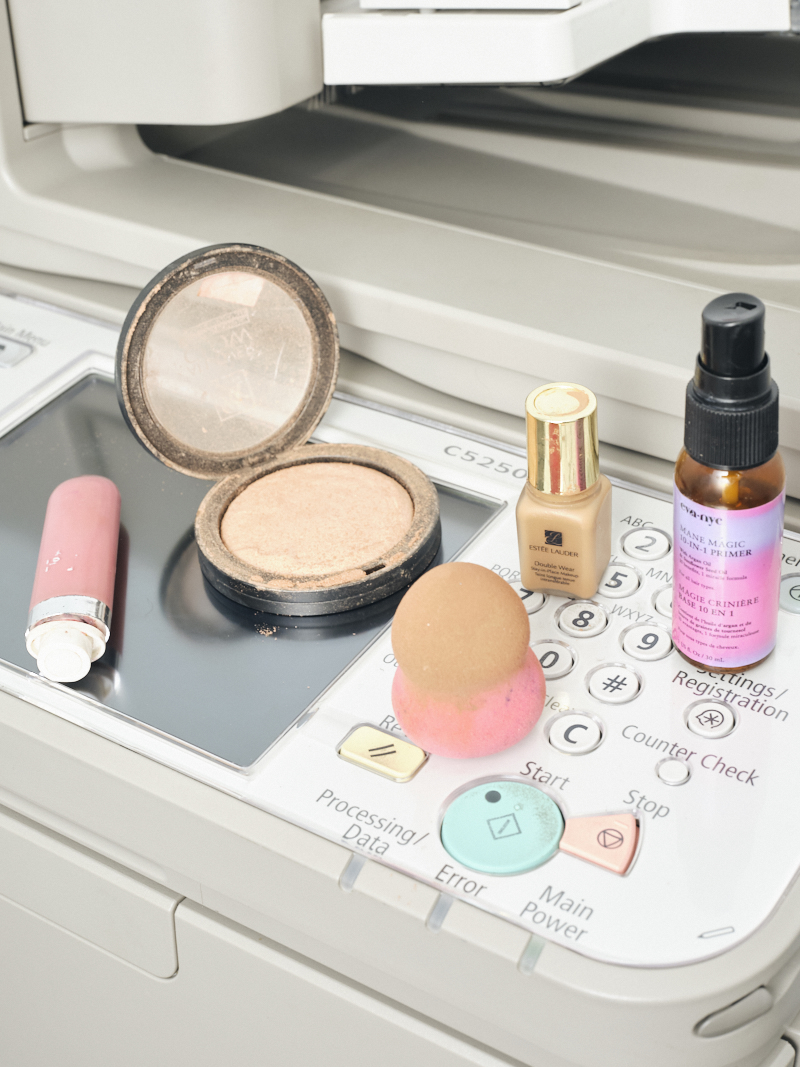The Beauty Of Brooklyn Community Services
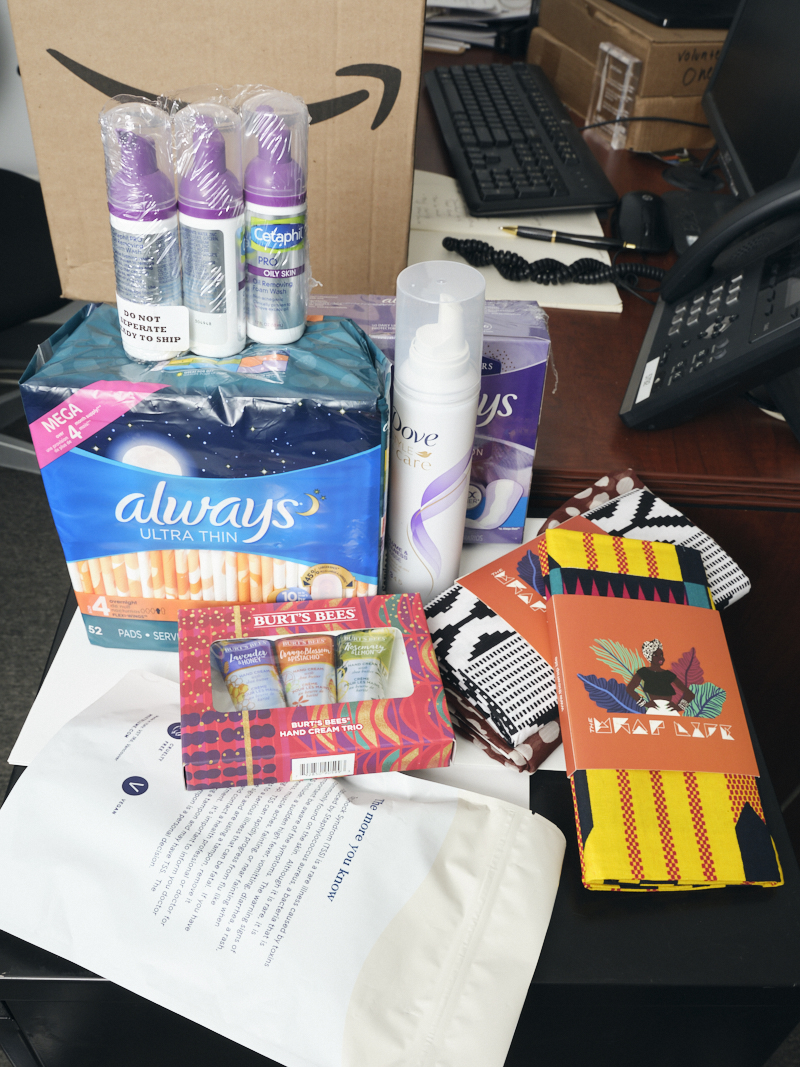
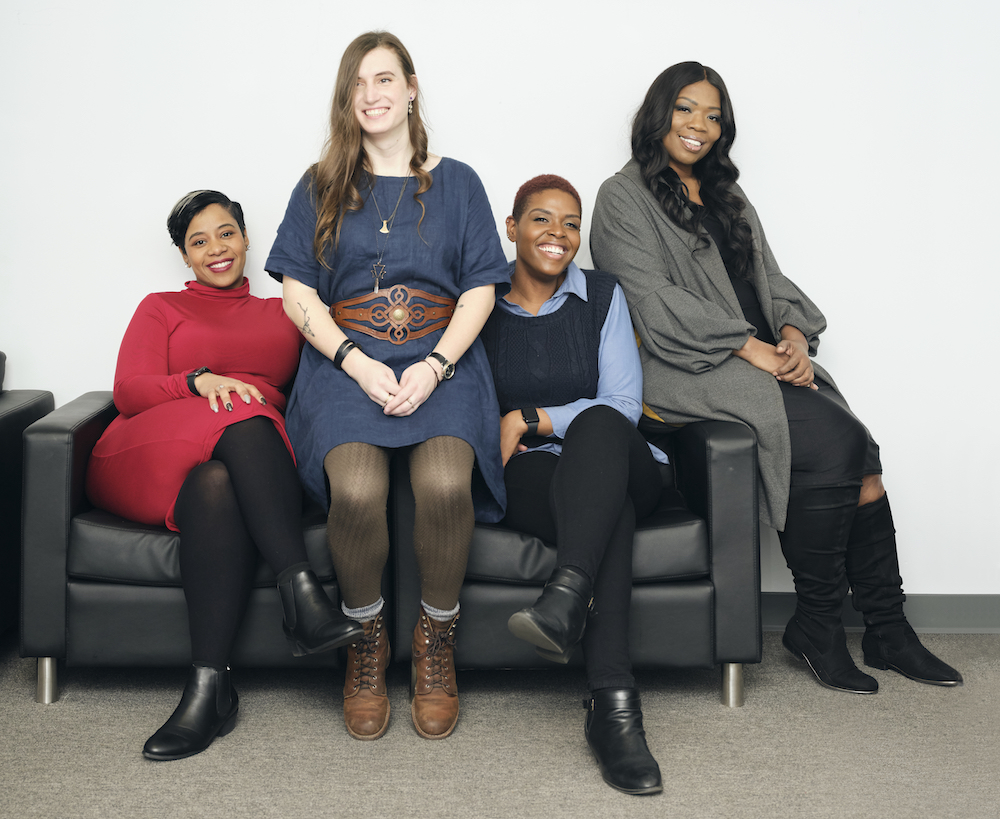
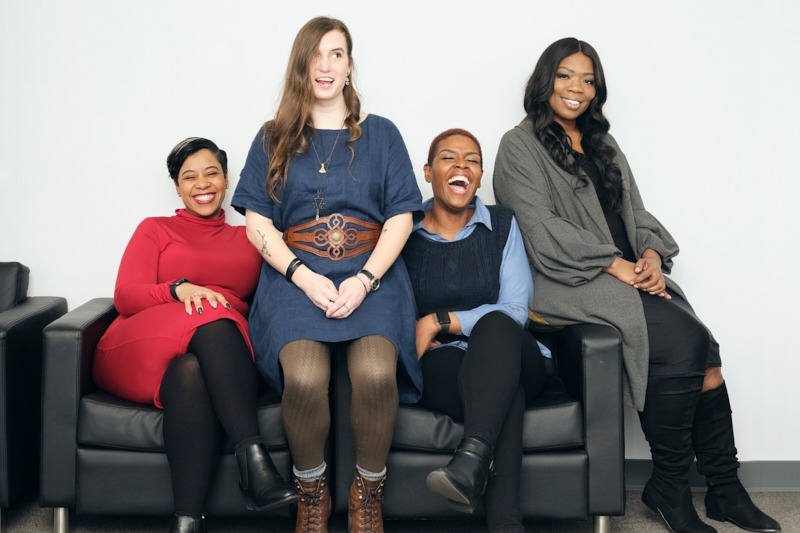
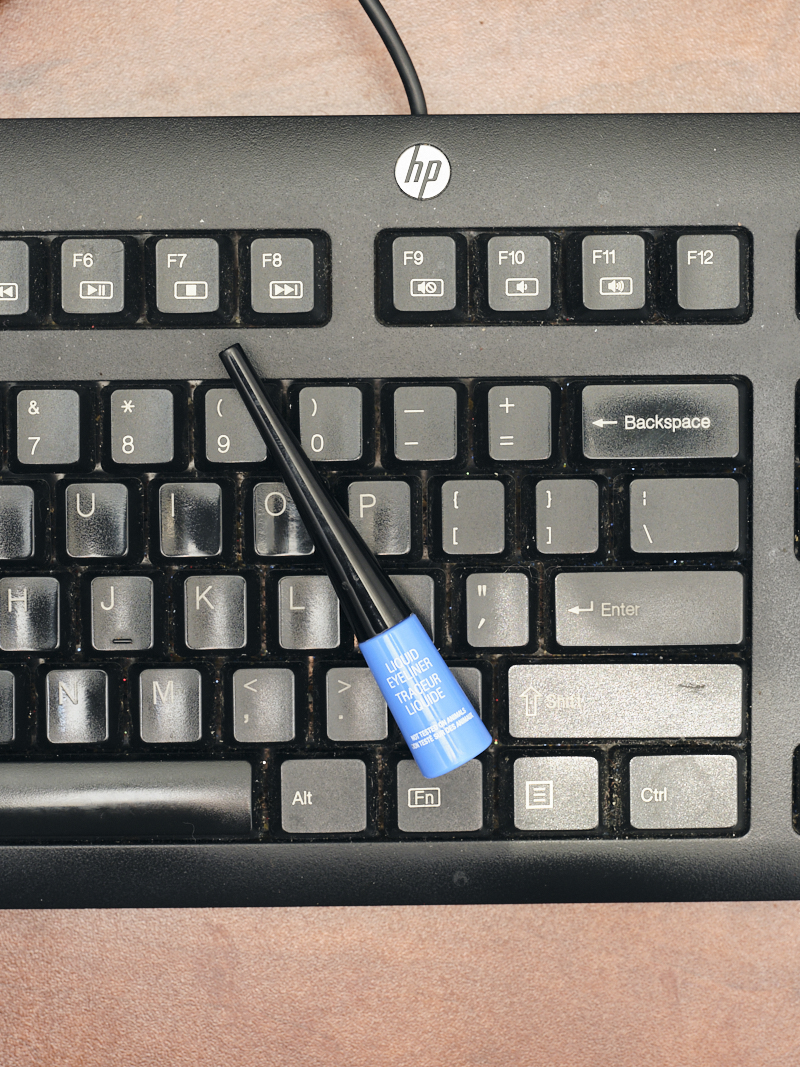
BCS is one of Brooklyn's oldest and largest non-profit organizations, serving over 18,000 people in low-income communities every year. If you'd like to support BCS, you can donate here.
Beauty allows us to shape our individual stories and find ways to connect to others all at once. With The Top Shelf we discover personal narratives through beauty routines. In The Beauty Politic, Into The Gloss explores how beauty connects communities, and how it informs a sense of self for the people within them. Beauty can be used as a tool not just for self-expression, but for empowerment and preservation as well.
Towering over Ellis Island, the Statue of Liberty is one of New York’s most outsized symbols of American freedoms. But just beyond it, about a mile into Brooklyn, is the organization that quietly puts the statue’s symbolic gestures into practice. It’s called Brooklyn Community Services, and the 150-year-old organization serves Brooklyn’s most vulnerable: homeless and impoverished New Yorkers. The Brooklyn downtown office is its headquarters, but there are in fact 25 different BCS branches throughout Brooklyn, which support over 18,000 people each year. Many of them are young people, to whom the nonprofit provides a variety of social services, including early childhood education, afterschool programming, therapy, and career development. It takes a village of 500 people to run these services, and Into The Gloss caught up with four. Below, a glimpse of their amazing work, and how beauty is the through line that pushes them forward.
BCS is one of Brooklyn's oldest and largest non-profit organizations, serving over 18,000 people in low-income communities every year. If you'd like to support BCS, you can donate here.

